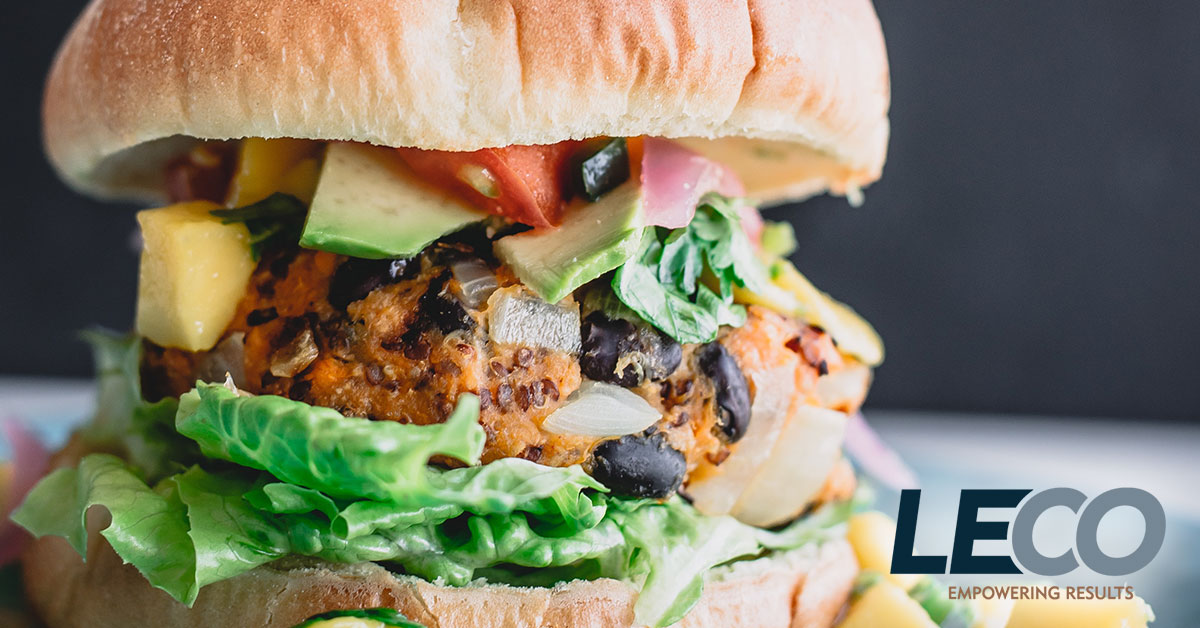Sustainability is on everybody’s mind these days. Companies want to create products that are better for the environment and consume fewer resources. Unilever is no exception. This forward-thinking flavor company has recently been pushing to develop new and delicious plant-based protein substitutes that are more sustainable than meat-based protein but no less healthy (or, preferably, even more healthy!). However, as Unilever scientists Hans-Gerd Janssen and Ed Rosing explain, nature made a pretty delicious protein in the form of meat, with a very distinct flavor and mouth-feel. Creating a substitute isn’t easy.
LECO Africa pegasus-gc-hrt-4d posts (Page 1 of 3)
Topics: ChromaTOF, Separation Science Mass Spectrometry, Separation Science, Pegasus BT, Mass Spectrometry, Pegasus GC-HRT 4D, Pegasus 4D, ChromaTOF Tile, High Resolution Mass Spectrometry
For years, environmentalists have known about the contamination of DDT in the ocean waters off the California coast. Montrose Chemical Corporation, the largest producer of DDT in the United States from 1947 until 1982, was infamously dumping chemical waste from their manufacturing process into the sewer system, contaminating the Palos Verde Shelf and eventually requiring the area to be designated as a Superfund site in an attempt to clean up the environmental damage. However, the known DDT contamination did not seem to be enough to explain the abnormally high cancer rates in the local sea lions.
Chasing a hunch, David Valentine, a professor of geochemistry and microbiology at UC Santa Barbara, dove deeper.
Topics: Separation Science Mass Spectrometry, Separation Science, Mass Spectrometry, Pegasus GC-HRT 4D, GCxGC, Environmental
LECO has released a revolutionary new data analysis software for GCxGC data: ChromaTOF Tile. This software provides an industry-first data comparison tool that identifies statistically significant differences between classes of samples, reducing days-to- weeks of work down to hours, or even minutes. Based on Dr. Robert Synovec’s tile-based Fisher ratio analysis, ChromaTOF Tile partitions the data into a set of regions (tiles) and compares regionalized data. This allows it to disregard normal variances of alignment shifts to focus on where the actual differences are, so users can stop looking at their data and start actually using it.
Topics: ChromaTOF, Separation Science Mass Spectrometry, Separation Science, Pegasus BT 4D, Mass Spectrometry, Pegasus GC-HRT 4D, Pegasus 4D, GCxGC




